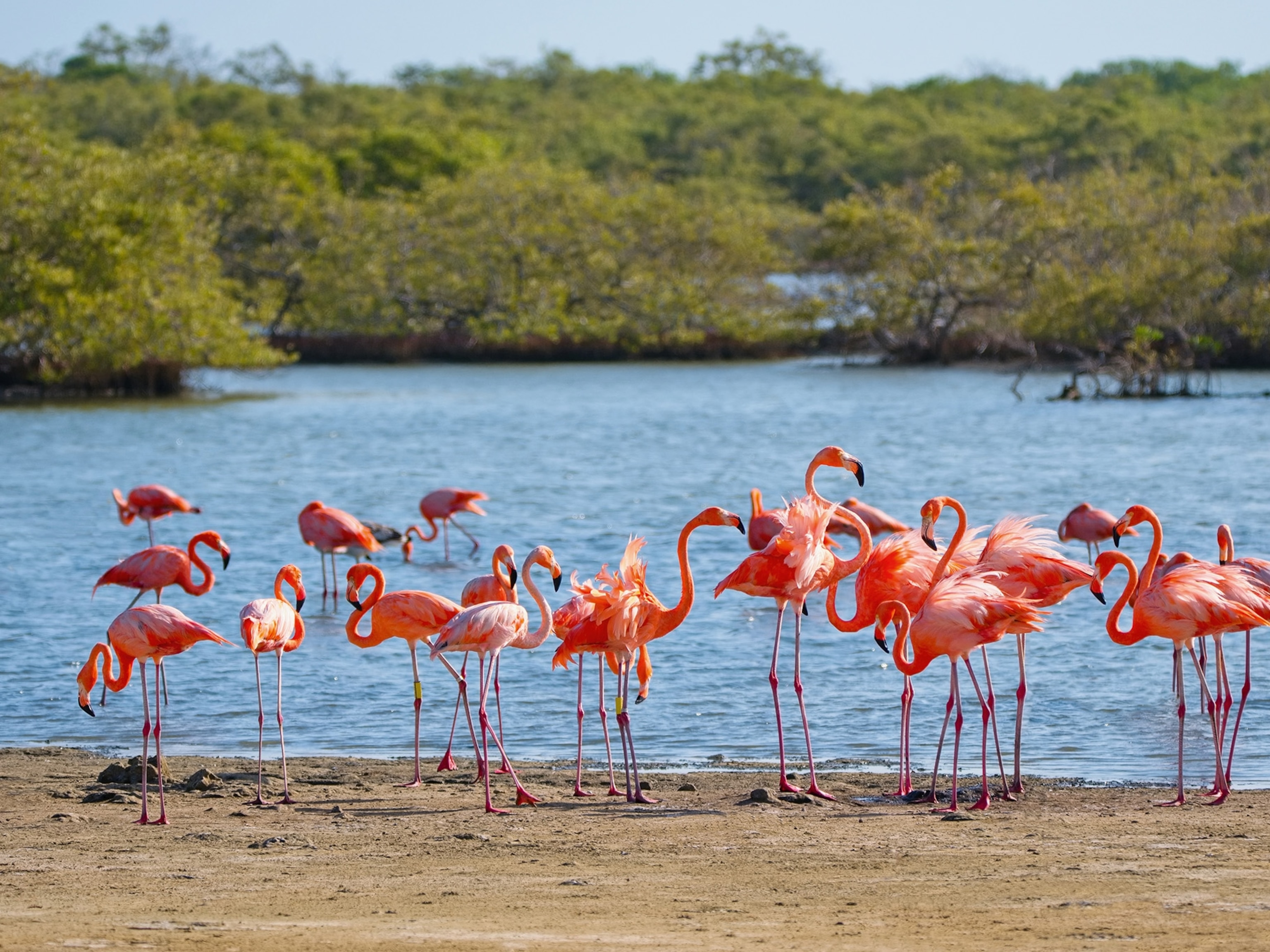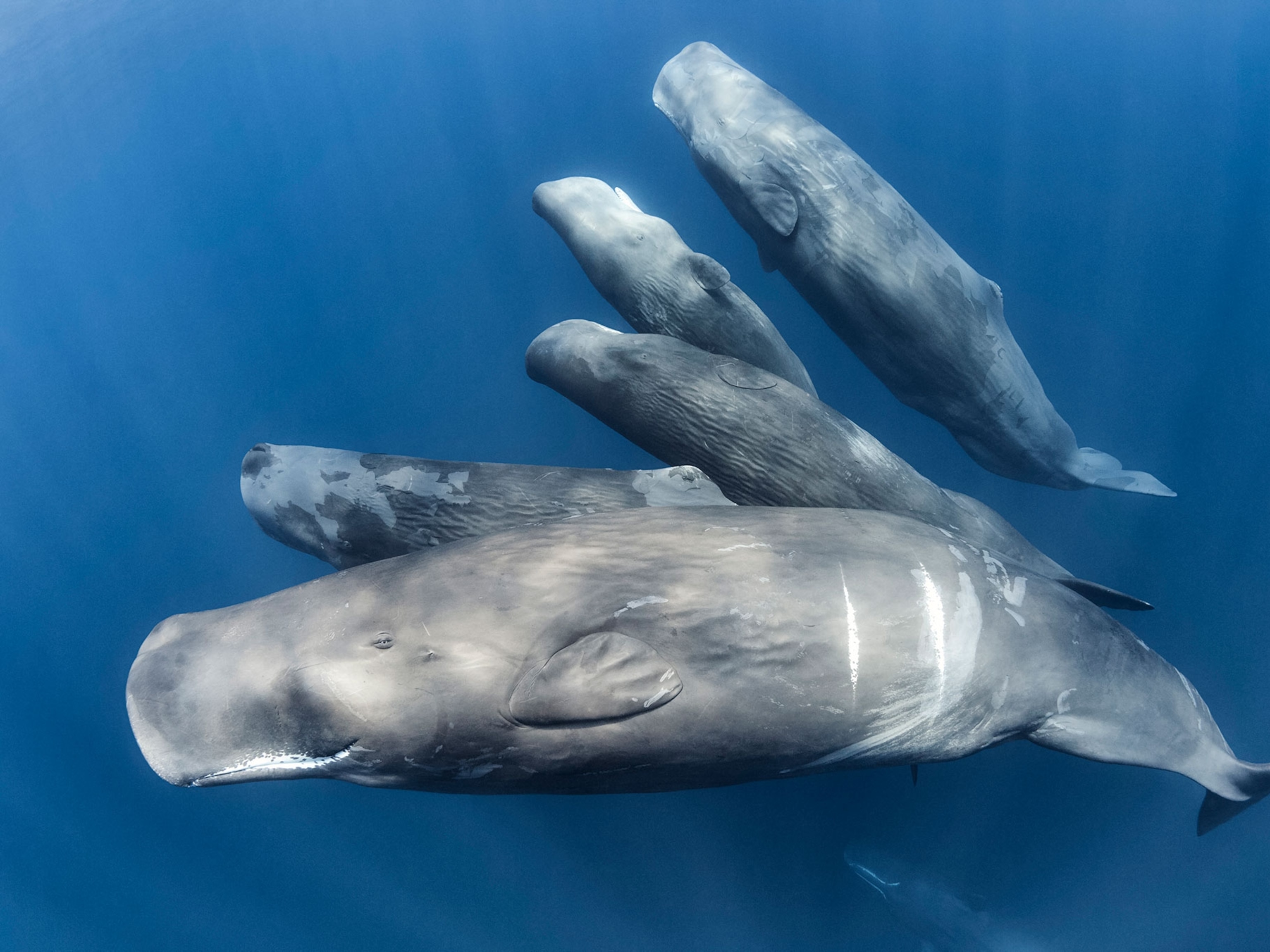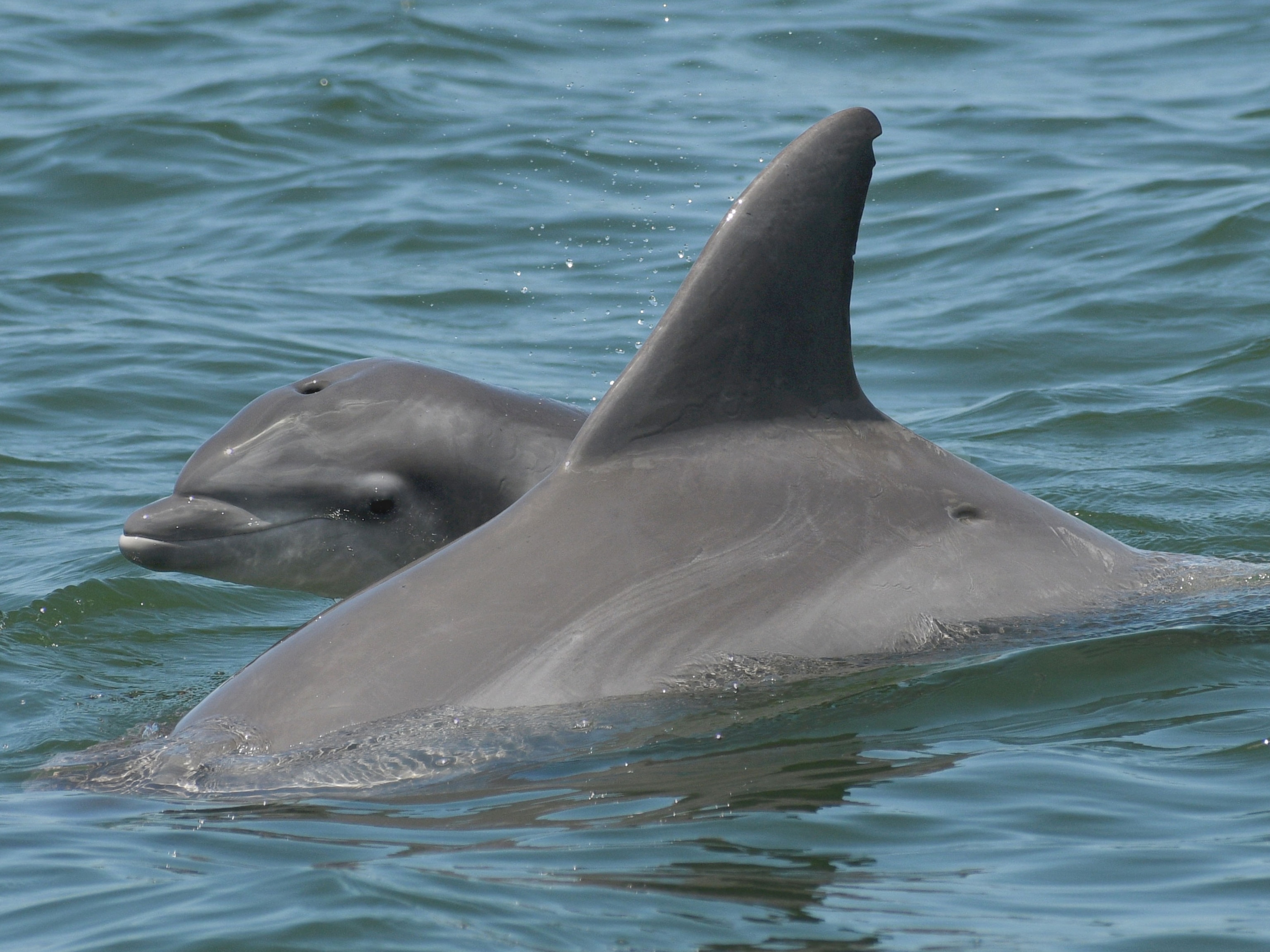
These parrots developed new dialects in captivity. Can their wild kin understand them?
Captive breeding saved the gabby birds from extinction, but it also changed their way of communicating, raising a concern for their future.
Today the squawks, shrieks, and whistles of parrots reverberate through the rainforest of Puerto Rico. But a few decades ago, these sounds almost disappeared.
Deforestation had taken its toll on Puerto Rican parrots. Before European colonization in the 1500s, their population was estimated at a million. By the 1970s, as few as 13 Puerto Rican parrots were left in the wild, confined to one of the island’s only remaining forest patches, the El Yunque.
In a last-ditch effort to pull the species back from extinction, conservationists began to breed the parrots in captivity. It was a successful gambit: Though the chatty emerald-green birds are still considered critically endangered, today more than 600 exist.
Now there may be a new threat to their survival, conservations say. Captive parrots have developed an entirely new dialect, a phenomenon that has not been observed before in other captive bird populations, says study leader Tanya Martínez, a conservation biologist with the Puerto Rico Department of Natural and Environmental Resource's Puerto Rican Parrot Recovery Project.
Around 2013, Martínez, then a master’s student at the University of Puerto Rico, began to notice that the Puerto Rican parrots didn’t all sound alike. “If you would go into the El Yunque forest to work with the wild population, it would almost sound like a different species” from the captive birds, says Martínez, whose paper appeared recently in the journal Animal Behaviour.
Curious to learn more, she eavesdropped on all four parrot populations in existence—two wild and two captive—and recorded them. What she heard confirmed her suspicion: The vocalizations were not the same from one population to another. (Learn how most of the 350 species of parrots are in decline.)
The potential language barrier is a concern, says Timothy Wright, a biologist at New Mexico State University who wasn’t involved in the research. To be successfully reintroduced, he says, parrots must be able to rely on communication with their peers, particularly to strengthen relationships in their individual communities.
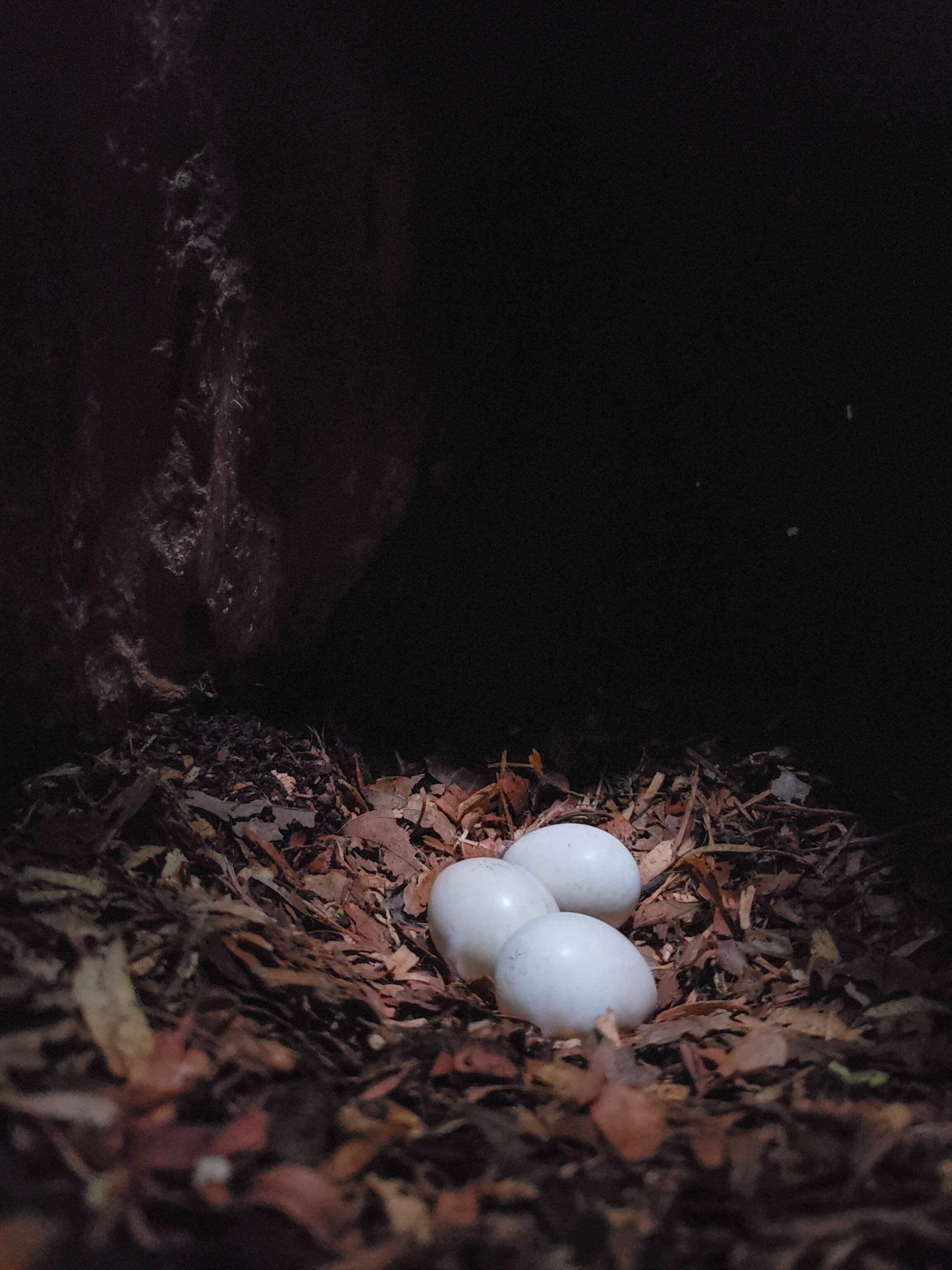
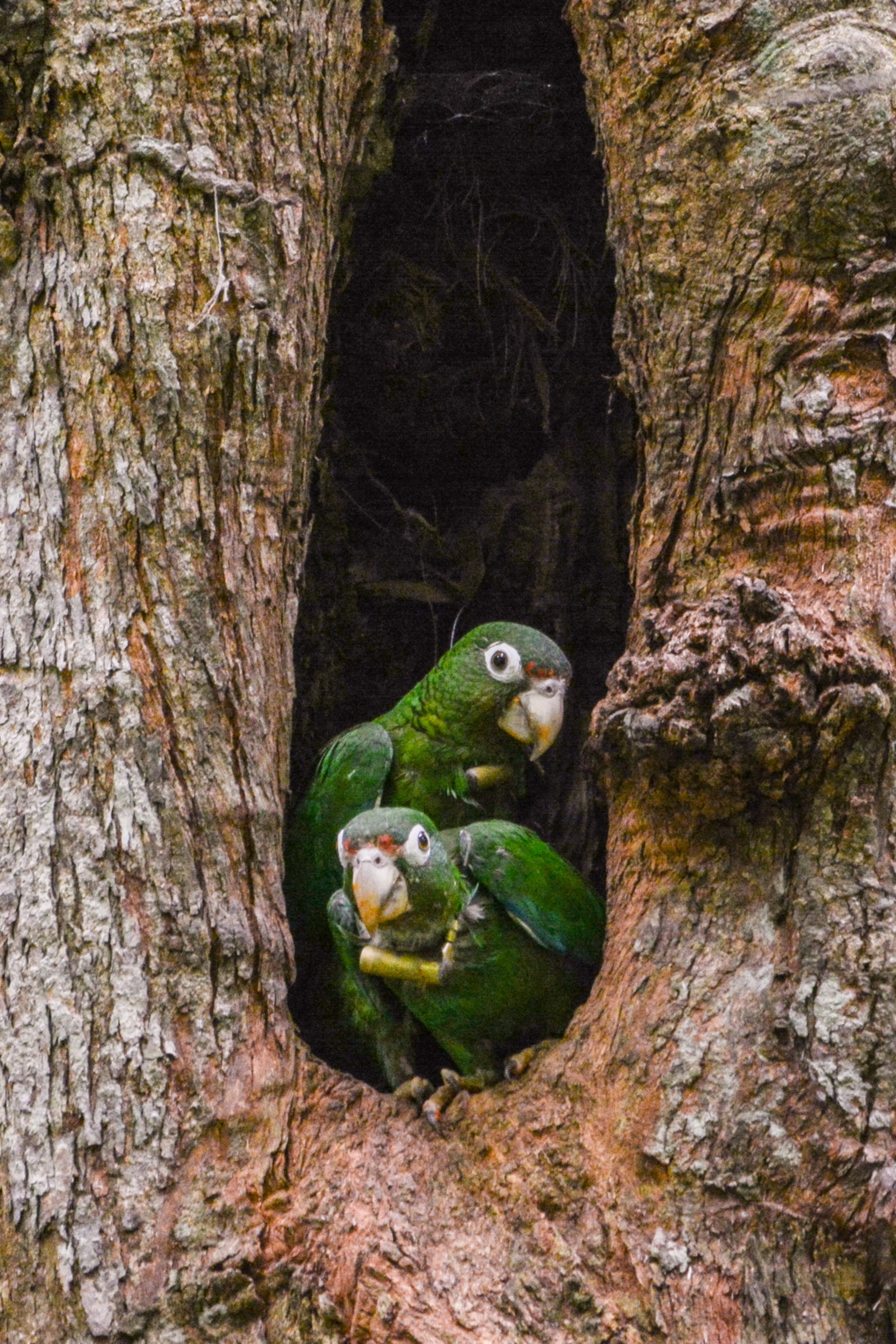
“If you can’t indicate to others that you’re part of their group, you might not gain the benefits of being part of that group,” like joining flocks to evade predators and working together to find food, Wright says.
Growing population
The U.S Fish and Wildlife Service established the first flock of captive-born Puerto Rican parrots in 1973, not far from the secluded territory of the wild resident parrots of El Yunque.
With the wild population so depleted, the scientists got creative. They brought closely related Hispaniolan parrots—which were relatively plentiful in their native countries of Haiti and the Dominican Republic—to Puerto Rico and put them to work as surrogate parents raising Puerto Rican parrot chicks.
The program was successful. By 2006, there were four Puerto Rican parrot populations: a captive flock in El Yunque, one captive and one reintroduced flock in Rio Abajo State Forest, and the remaining original wild flock in El Yunque. (Read how former pet parrots are thriving in 23 U.S states.)
After recording all four populations in the field, Martínez converted more than 800 hours of bird recordings to visual displays called spectrograms. She and her supervisor David Logue, now at the University of Lethbridge in Canada, grouped the calls according to their similarity.
They focused on the two most common calls, the caw and the chi that flock members exchange to keep in contact with each other. The research revealed that captive birds make caw and chi calls with at least two different syllables, while the wild El Yunque birds make entirely different calls, essentially a single syllable on repeat.
Being exposed from an early age to the Hispaniolan parrots’ calls while being separated from elders of their own species likely set the stage for the captive-raised birds to develop new vocalizations, Martínez says.
But the vocal changes didn’t end there. The study also found that each subsequent time the conservationists broke the birds off into new groups, tiny innovations crept into their calls. The captive Rio Abajo group began to sound distinct from its captive parent flock in El Yunque—and after the Rio Abajo captive birds were released into the Rio Abajo forest, the calls changed again. (Read why birds matter, and are worth protecting.)
As it turns out, Martínez completed her research just in time. In 2017, just after she had finished her recordings, tragedy struck the El Yunque forest: Hurricane Maria killed the entire flock of approximately 50 wild parrots.
“This was the last refuge of the wild parrot,” she says. “If it hadn’t been for this forest, this species would have gone extinct”—but now it’s preserved in the captive and reintroduced flocks whose forebears were taken from that forest nearly 50 years ago.
Language tutors
Changes in vocalizations can impact parrot behavior, says Wright, who studies Costa Rica’s yellow-naped amazons, another parrot species. When he experimentally transplanted several parrots into a population with an unfamiliar dialect, the younger birds quickly learned the new lingo but the older birds failed to master it, he says: “Adults didn’t seem to want to learn the new dialect; they just hung out with birds with the same dialect.”
While some Puerto Rican parrots have acquired a new dialect after being transferred to a different population, not all of the birds have a knack for it, notes Thomas White, a wildlife biologist who has worked with the U.S. Fish and Wildlife Service’s Puerto Rican Parrot recovery program for more than 20 years. (Meet the colorful people who devote their lives to parrots.)
“It’s just like humans learning a foreign language—some people pick it up much quicker and easier than others,” White says.
So to help the captive birds pick up the wild vocalizations, the recovery program has turned to reintroduced parrots to serve as tutors.
Birds scheduled for release into the El Yunque forest first spend a period of time at a site where they can watch, listen to, and learn from their soon-to-be peers. Conservationists have also stopped using Hispaniolan parrots as surrogates, now that there are enough Puerto Rican parrots to raise their own chicks.
And earlier this year, the team released 30 captive parrots into the El Yunque forest to replace the population that died during the hurricane. Their dialects, though not quite the same, will again fill the forest with a cacophony of parrot calls.




